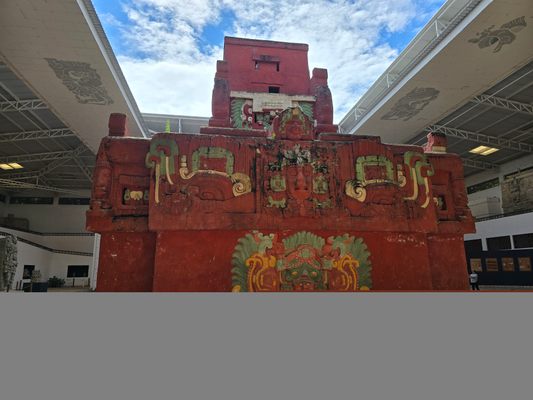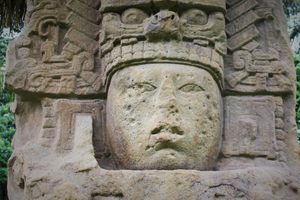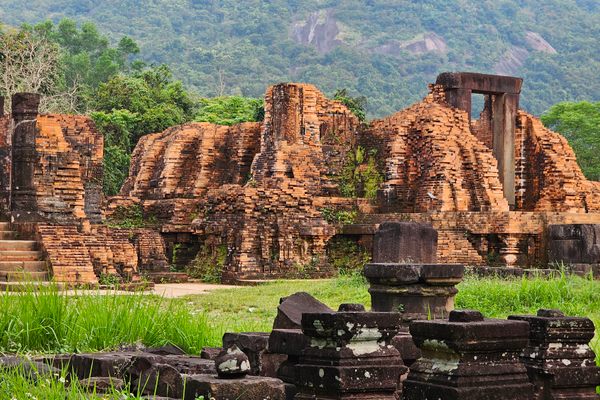About
This amazingly well-preserved Mayan temple was found in an excellent state of preservation from the base up to the roof, including its highly elaborated painted stucco decoration.
Unlike other buildings archaeologists have found, the ancient Mayans did not destroy Rosalila. Instead, it was carefully, and ceremoniously buried. Its rooms, moldings, and niches were carefully filled with mud and stones, while its elaborate stucco panels were covered with a thick layer of white plaster, which still protects much of the original paint.
Rosalila was the principal religious sanctuary at Copán in the late 6th century CE. When it was discovered, numerous artifacts were found that reflect the several practices the Mayans once performed at the site. Among the remains found at the site were seven ceramic incense burners with charcoal still inside, two of which lay upon sculpted, stone jaguar pedestals; offerings of flint knives (for sacrificing); nine elaborate, ceremonial scepters, wrapped in the remnants of a deep blue bag or cloth; carved jade jewelry; conch shells; stingray spines (used for blood-letting rites); shark vertebrae; jaguar claws; and remains of flower petals and pine needles. Some of these remains (particularly the incense burners and the flowers) recall religious practices still in use among the modern Maya.
Due to the deforestation of the Copán valley, the Rosalila building was the last structure at the site to use such elaborate stucco decoration. The tradition was discontinued due to the vast quantities of firewood required, which could no longer be spared to reduce limestone to plaster. A life-size copy of the Rosalila building has also been built at the Copán site museum so that you can experience what it would have looked like when it was in use.
Related Tags
Community Contributors
Added By
Published
November 6, 2015

























